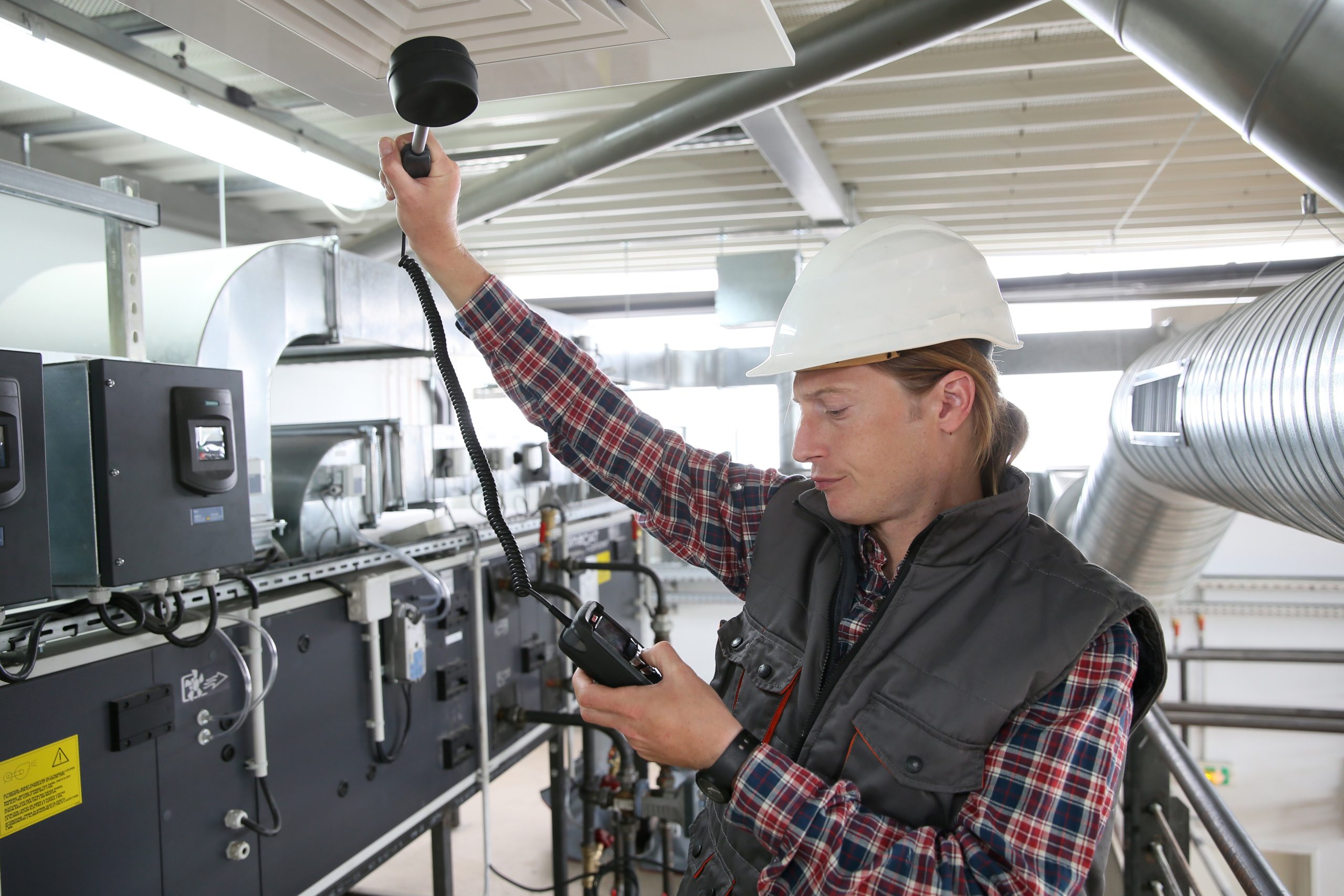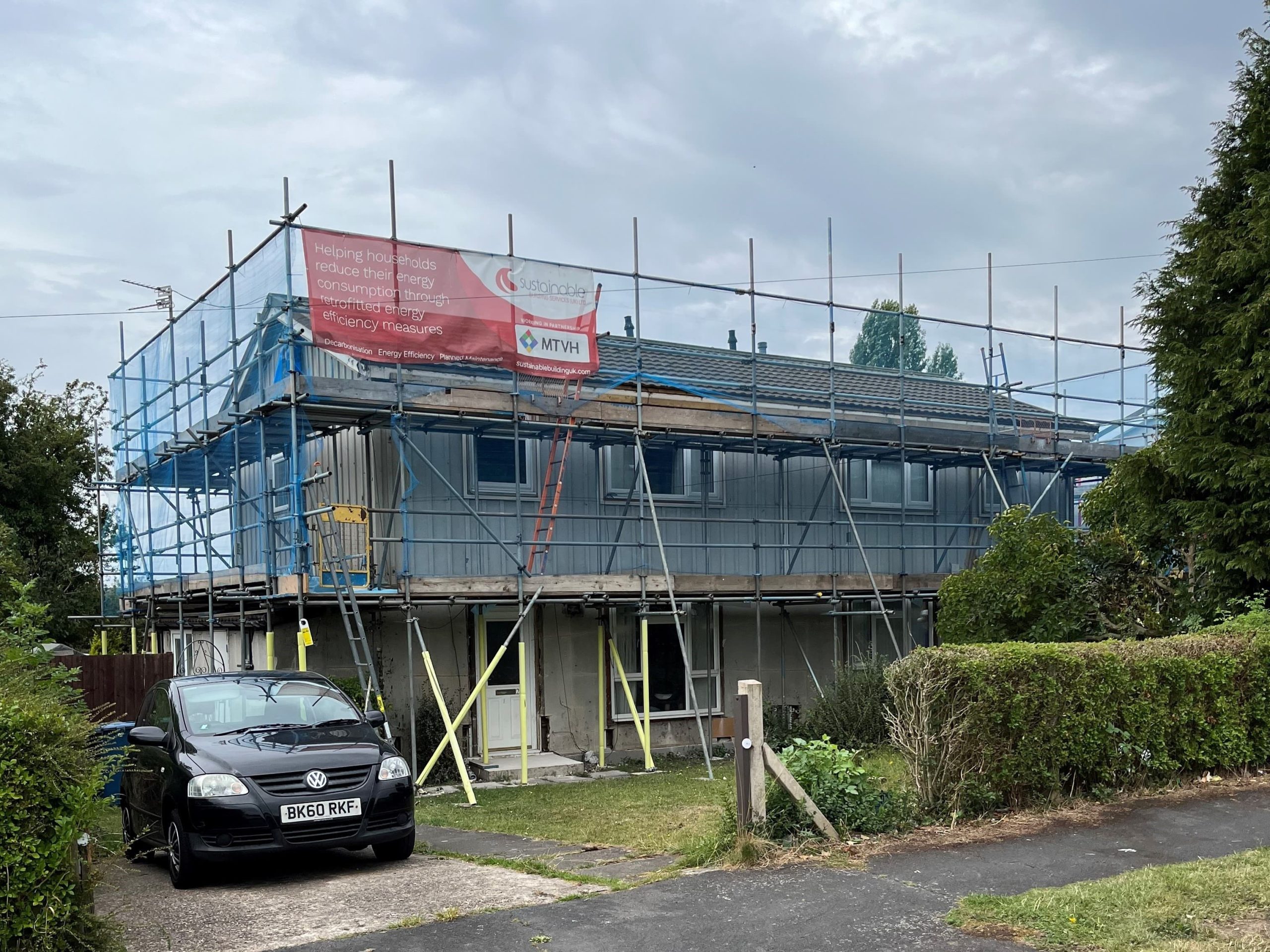The Race to Retrofit: Can SHDF Wave 3 and PAS2035:2023 Provide the Way Forward?

The previous government set ambitious climate change targets that mean around 27 million homes will need to be retrofitted by 2050 to reach net zero, and we expect the current government to continue to pursue similar targets with Social Housing Decarbonisation Fund (SHDF) Wave 3. While necessary, retrofitting at scale is no easy task, and the retrofitting process comes with its challenges.
PAS2035 goes a long way to addressing these challenges by creating a standardised process, but can a one size fits all approach work with the individual needs of each property? Carl Yale, regional refurbishment director at Lovell, recognises that huge progress has been made over the past few years and while PAS2035 quality standards are undoubtedly important, retrofit will never be a simple process. These challenges and an appetite for the sector to develop should be considered if we are to reach an effective solution.
Getting to net zero
The UK has some of the oldest and most energy inefficient housing stock in Europe, and many homes are no longer fit for purpose when we consider the net zero targets that have been set. To meet these targets, we need to be retrofitting at scale and pace, and a huge effort is needed with social housing in particular, but this is a complicated, time-consuming process.
Following a standardised process is one way to address the complications that can arise with retrofit and to ensure quality standards are met, as implementing the appropriate energy efficiency measures at the correct time and in the correct sequence should reduce those unintended consequences.
Finding a solution
PAS2035 was introduced by the British Standard Institution to ensure the quality of deep retrofit work with greater emphasis on designed details and interfaces of measures.
A retrofit coordinator is appointed to ensure compliance with each step of the process, including a thorough retrofit assessment and technical surveys, resulting in a bespoke retrofit plan, which takes into consideration the individual needs of the property.
The problem with PAS2035
There is still a lack of retrofit knowledge across the industry which poses an initial problem, as many of the operatives on these projects don’t understand the aims, risks or benefits of the measures being implemented. When undertaking a retrofit project using PAS2035:2023 the process is clunky and can become expensive and time-consuming. This does not support large scale retrofit projects which are under strict timescales and short stop-start funding windows.
A huge amount of planning and coordination goes into the process before the retrofit work can even begin, with intrusive surveys and detailed designs. PAS2035:2023 is resource heavy and has significant administration and compliance burdens. If the compliance documentation cannot be provided, then measures cannot be lodged, and funding can be lost.
The ’cost of compliance’ for PAS2035:2023 is in some cases deterring social landlords from bidding for SHDF funding, as the additional costs are disproportional to the measures installed and the funding available. The initial principles of PAS2035 were to create a quality framework for deep retrofit. However, with this perceived burden and the short-term targets to ensure social housing are EPC C by 2030, we are seeing many landlords ignore the ‘worst first and fabric first’ principles and instead installing solar PV to gain enough Standard Assessment Procedure (SAP) points to reach EPC C by 2030. ‘Hard to treat’ solid wall properties are being deferred, to be dealt with another time.
Engaging with residents and ensuring that they ‘buy-in’ to the process is also vital. Continual surveys and assessments being carried out in the home can lead to ‘survey fatigue’ and in some cases residents can drop out of the scheme, meaning substitute properties will then need to be sourced, and the whole process must begin again.
The way forward
Ensuring we have a successful approach to retrofit is critical if we are to future-proof our homes. While PAS2035:2023 is a great starting point, there is still work to be done in the industry to consistently meet the standards needed, but also to guarantee complete compliance.
The inflexibility of PAS20235:2023 is not always practical and there is no room to accommodate changes of plans that can put schemes at risk. Complex and inflexible funding arrangements with a heavy burden of bidding and reporting, and a reliance on unreliable stock data, are a challenge. When combined with procurement routes that are single stage and not aligned to the PAS2035:2023 process the challenge becomes harder.
We would like to see a more holistic approach to funding that is more flexible to support the actual measures that are needed. An appropriate approach to individual homes and not just those that are deemed better value for money.
The skills gap is another ongoing issue for the industry, but many training providers are now focused on upskilling in retrofit, which is a positive step forward. Continuing to build these skills will give those working in the retrofit arena more experience and confidence, which will in turn improve the quality and speed at which these projects can be carried out, something which we cannot afford to be delayed.
Progress has also been made in the sector with end-to-end retrofit solution providers sharing best practice and lessons learned, investing in in-house dedicated compliance teams to ensure full compliance with the sometimes-complicated PAS2035:2023 process. Specialist PAS2030:2019 certified supply chains are also developing and increasing their capacity to deliver retrofit at scale, but there is still a long way to go to achieve the ambitious target of net-zero by 2050. With improved consistency in data, funding, procurement and long-term pipelines, we will overcome the challenge.

Byline: Carl Yale, Regional Refurbishment Director, Lovell

